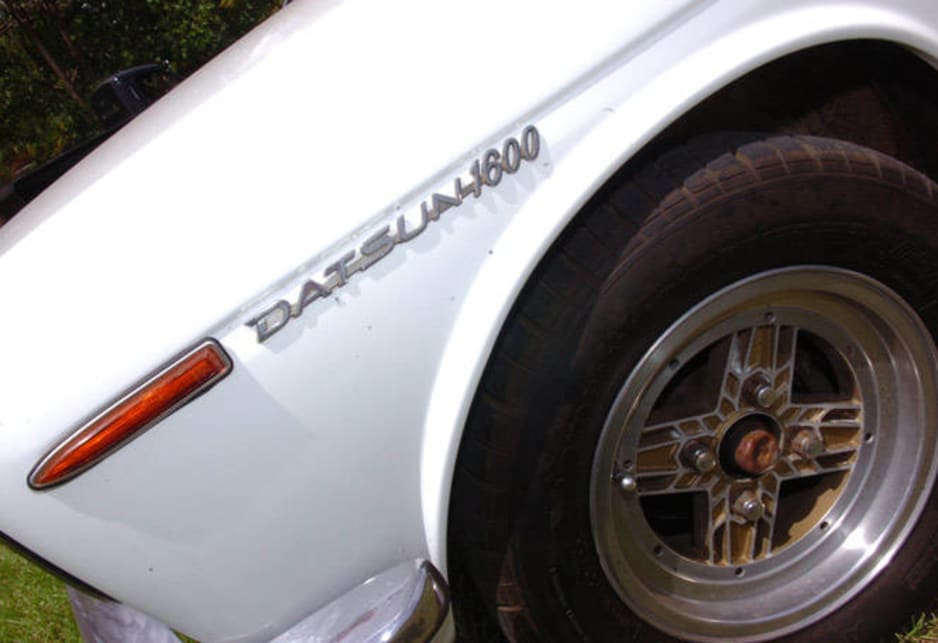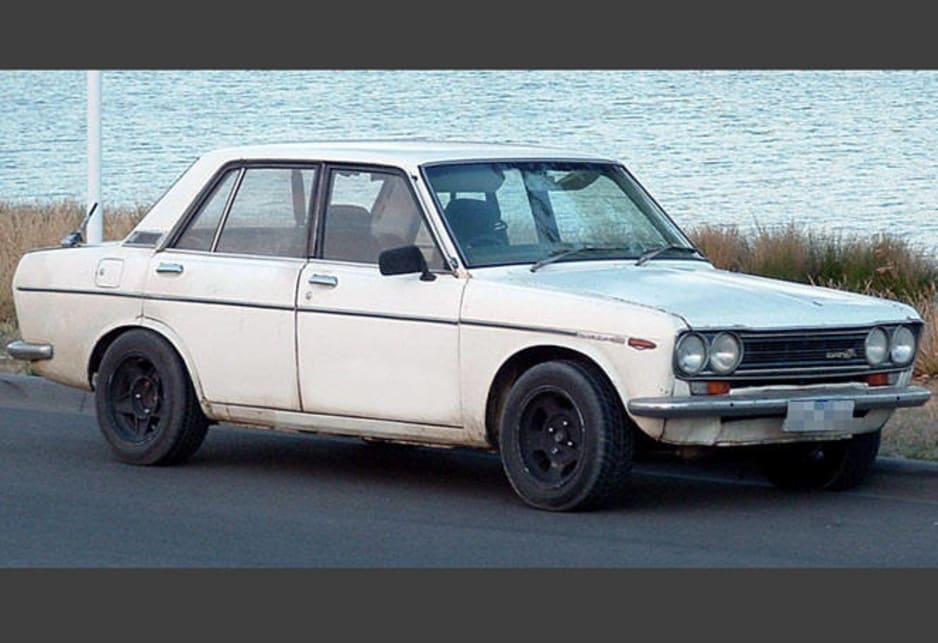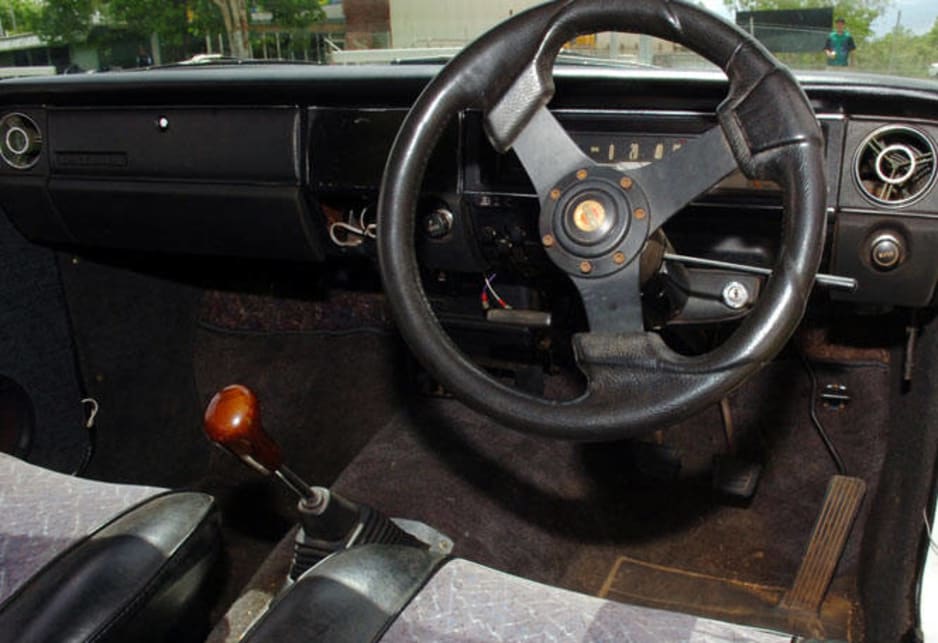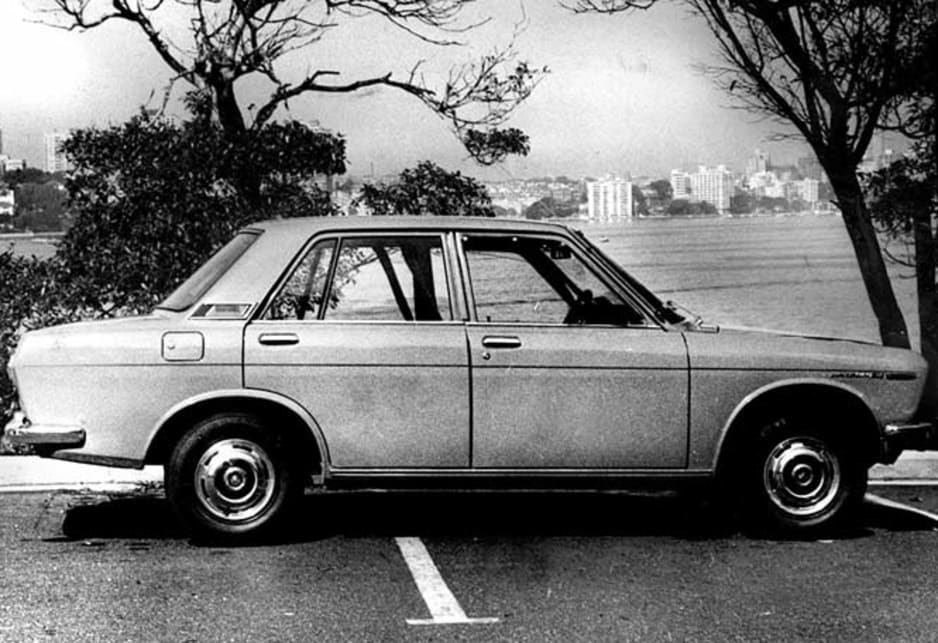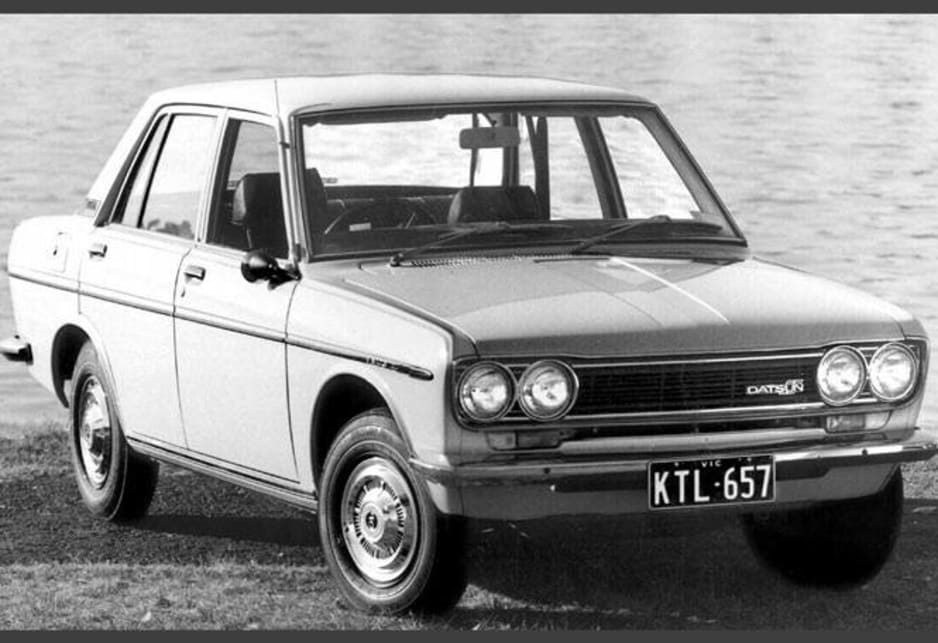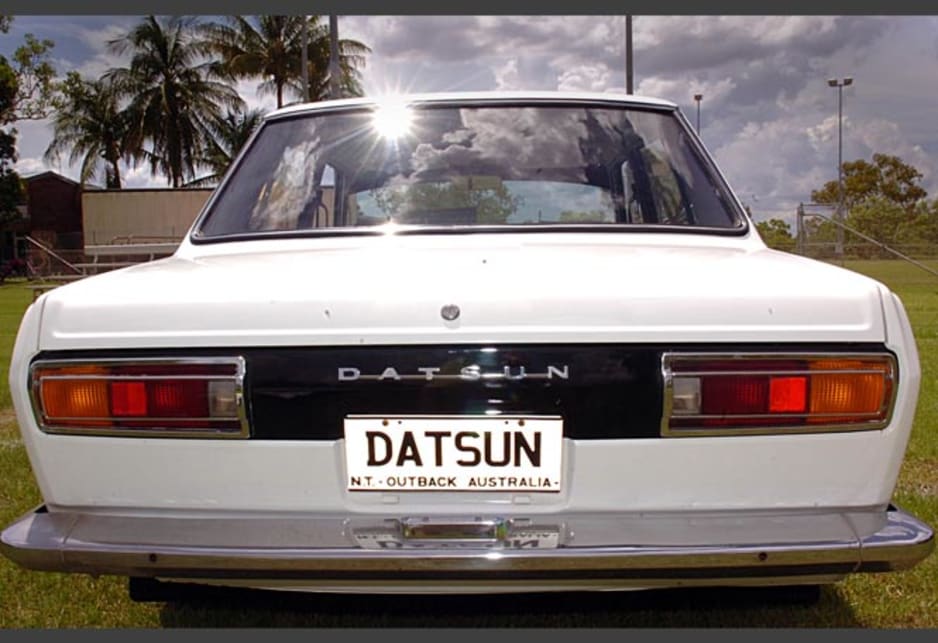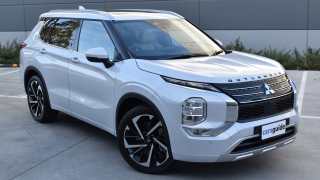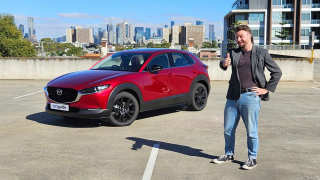
Used Datsun 1600 review: 1968-1972
- Datsun 1600
- Datsun 1600 1972
- Datsun 1600 1968
- Datsun 1600 1969
- Datsun 1600 1970
- Datsun 1600 1971
- Datsun 1600 Reviews
- Datsun Reviews
- Datsun Sedan Range
- Datsun Convertible Range
- Sedan
- Convertible
- Datsun
- Used Car Reviews
- Buying tips
Bathurst conjures up images of Holdens and Fords racing around the Mount Panorama track but the great Bathurst race was once more than a race between our two biggest brands. Unlike today’s race, which has become more a marketing marathon than a showroom showdown Bathurst began as a mobile comparison test conducted in full view of the car buying public on the neutral ground of a racetrack.
Classes were based on sticker price, which made comparison both easy and relevant for anyone trying to decide which car to buy.
While the Holdens and Fords that now contest the annual 1000 km race are purebred racers that bear no relationship to anything we can buy there was a time when the cars that raced around Mount Panorama were available for sale to the public. They were stock standard or lightly modified production cars that were truly representative of what was rolling off the assembly lines at Elizabeth, Broadmeadows, Milan, Tokyo or Stuttgart.
Anyone interested in buying a small four-cylinder family car in 1968 couldn’t have helped but be impressed by the Datsun 1600 when it won its class in the Hardie-Ferodo 500 that year.
Datsun 1600s finished first, second and third in the class for cars costing between $1851 and $2250, beating home its Hillman and Morris rivals.
If that wasn’t enough to have buyers rushing down to the nearest Datsun dealer, finishing in the top five placings in the class in 1969 when it beat Cortinas, VW 1600s, Renault 10s and Morris 1500s must have done the trick.
The Datsun 1600 story doesn’t end with the 1969 race, however, as the little dasher won again in 1970 and 1971.
MODEL WATCH
The Datsun 1600 arrived in our showrooms in 1968. It was a rather plain conventional three-box design, but its clean simple lines proved timeless and still look attractive today.
Look at a BMW E30 3-Series or a Toyota Camry from the late 1980s and you’ll see a similarity that can’t be denied. All three have stood the test of time, and still appeal.
Anyone who dismissed the Datsun 1600 as a plain family four-banger were doing themselves a disservice as under the skin lay all the elements of a fast little sports sedan.
Under the bonnet was an alloy-headed 1.6-litre four-cylinder engine that produced a very respectable for the day 72 kW at 5600 rpm, but it soon became clear to tuners that it would easily respond to modification.
In no time at all it became a favourite of sports minded drivers who wanted to participate in amateur racing or rallying.
The gearbox was a sweet shifting all-synchro four-speed unit.
To see the full potential of the Datsun 1600 you had to look underneath where you’d find it had independent rear suspension. While the front was conventional MacPherson Strut the independent rear-end was quite remarkable for such a modest priced family sedan at the time.
What’s more the independent rear boasted ball-splines instead of the more conventional sliding splines that tended to bind when under torque. The ball splines ensured the Datsun’s rear suspension was smooth and friction-free.
Inside, the Datsun 1600 was rather spartan, although it must be remembered that most 1967 cars were spartan by today’s standards. Apart from criticisms that there were no armrests on the doors there were few complaints from contemporary road testers, who generally praised it for being better fitted-out than they would have expected for what was sold as an economical family car.
Many 1600s were used in motor sport, particularly in rallying, and they remain in high demand even today for historic rallying, but there are many that have been looked after and are now an attractive car for anyone wanting cheap reliable transport or for someone wanting a cheap and cheerful classic.
IN THE SHOP
Rust is the enemy of all old cars and the Datsun is no exception. Now 30 years old expect to find rust in the rear quarters, sills and the back of the engine bay if it’s been used as a road car, but look carefully for any damage that might have been caused by forest bashing in rallies.
The engine is strong, but because of its renowned strength many 1600s have been abused, so look for signs of use, like oil smoke, oil leaks, engine rattles etc. Many engines have been replaced with later 1.8-litre and 2.0-litre Datsun/Nissan engines.
Gearboxes and differentials are strong, but again many have been replaced by units from later models.
The standard disc/drum brake set-up was sufficient for normal road use, but many 1600s now sport heavier callipers and four-wheel discs for much more effective braking performance in motor sport.
The Datsun interior stands up quite well to the harsh Australian sun. The crash pad survives well as do most other parts.
LOOK FOR
• plain but appealing styling
• robust motor that can be uprated
• independent rear suspension
• rust in rear quarters, sills and engine bay
Pricing
| Year | Price From | Price To |
|---|---|---|
| 1972 | $1,870 | $2,810 |
| 1971 | $1,870 | $2,810 |
| 1970 | N/A | N/A |
| 1969 | N/A | N/A |
| 1968 | N/A | N/A |
Range and Specs
| Vehicle | Specs | Price* | |
|---|---|---|---|
| Sports | 1.6L, Leaded, 4 SP MAN | No recent listings | 1968 Datsun 1600 1968 Sports Pricing and Specs |
| (base) | 1.6L, Leaded, 4 SP MAN | No recent listings | 1968 Datsun 1600 1968 (base) Pricing and Specs |


